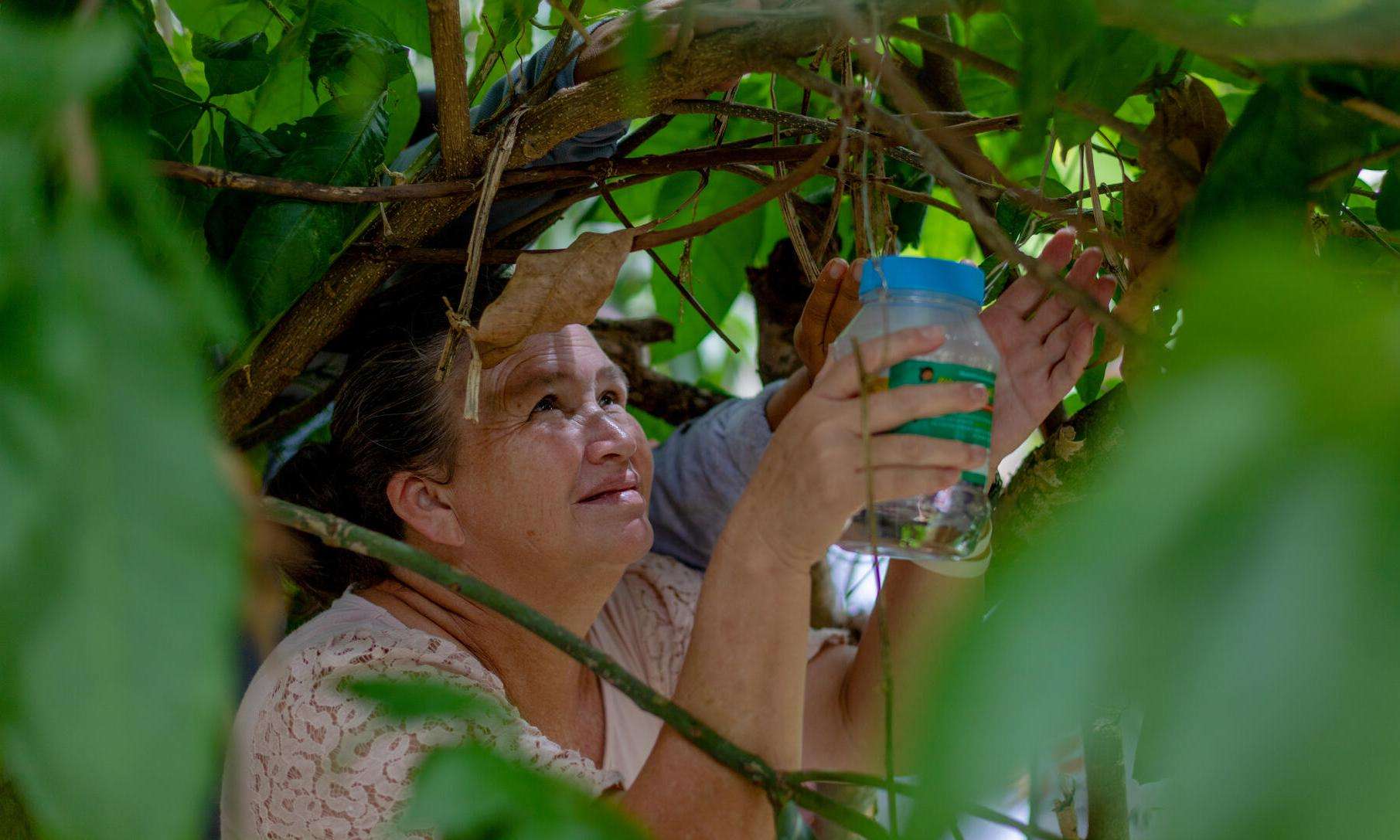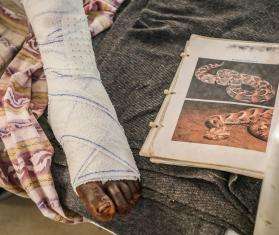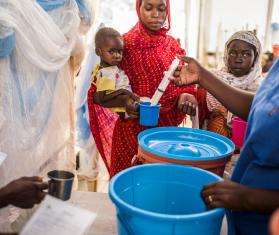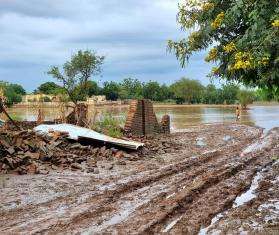Dengue, also known as dengue fever or break-bone fever, has been in the news as the disease has reached the United States. But this neglected tropical disease has been a rising global threat for decades, with a 30-fold increase of incidences over the last 50 years—including a substantial spike over the last five years. Climate change has heightened environmental risk factors that speed its transmission.
As Doctors Without Borders/Médecins Sans Frontières (MSF) teams respond to dengue in some of the worst-hit countries, here’s what to know about the disease and its prevention, and how our teams are using innovative scientific techniques to control its spread.
Important facts about dengue
- Over 7.6 million cases reported to the World Health Organization (WHO) worldwide in 2024 so far.
- More than half the world’s population is at risk of becoming infected, and another billion people are expected to be exposed to the virus in coming decades.
- 90 countries are currently experiencing dengue outbreaks, and the actual number is likely higher due to lack of detection and reporting mechanisms in some places.
- Climate change, globalization, and urbanization exacerbate its spread.
What is dengue?
Dengue is a viral infection transmitted through the bite of infected mosquitoes. It is a communicable and neglected tropical disease mainly found in urban areas in warm, humid climates in Asia, the Caribbean, and Central and South America, but it is spreading to other areas including North America and eastern Africa as the effects of climate change drive transmission around the world. Today, dengue is one of the fastest-spreading diseases, with about half of the global population at risk.
Causes and spread
Dengue is transmitted by the bite of an infected mosquito. Transmission by the transfusion of contaminated blood and transmission from a pregnant person to the fetus have also been reported. There are an estimated 100–400 million infections each year, according to WHO.
Symptoms and care
Most people with dengue do not show symptoms, but in high-burden areas up to 80 percent can be asymptomatic. Typically, the worst symptoms last one to two weeks, but severe cases can be fatal and require hospital care. Early detection and access to adequate care decrease fatality rates in severe dengue cases.
Currently, there is no targeted anti-viral treatment for dengue. Health care providers focus on managing symptoms and complications.
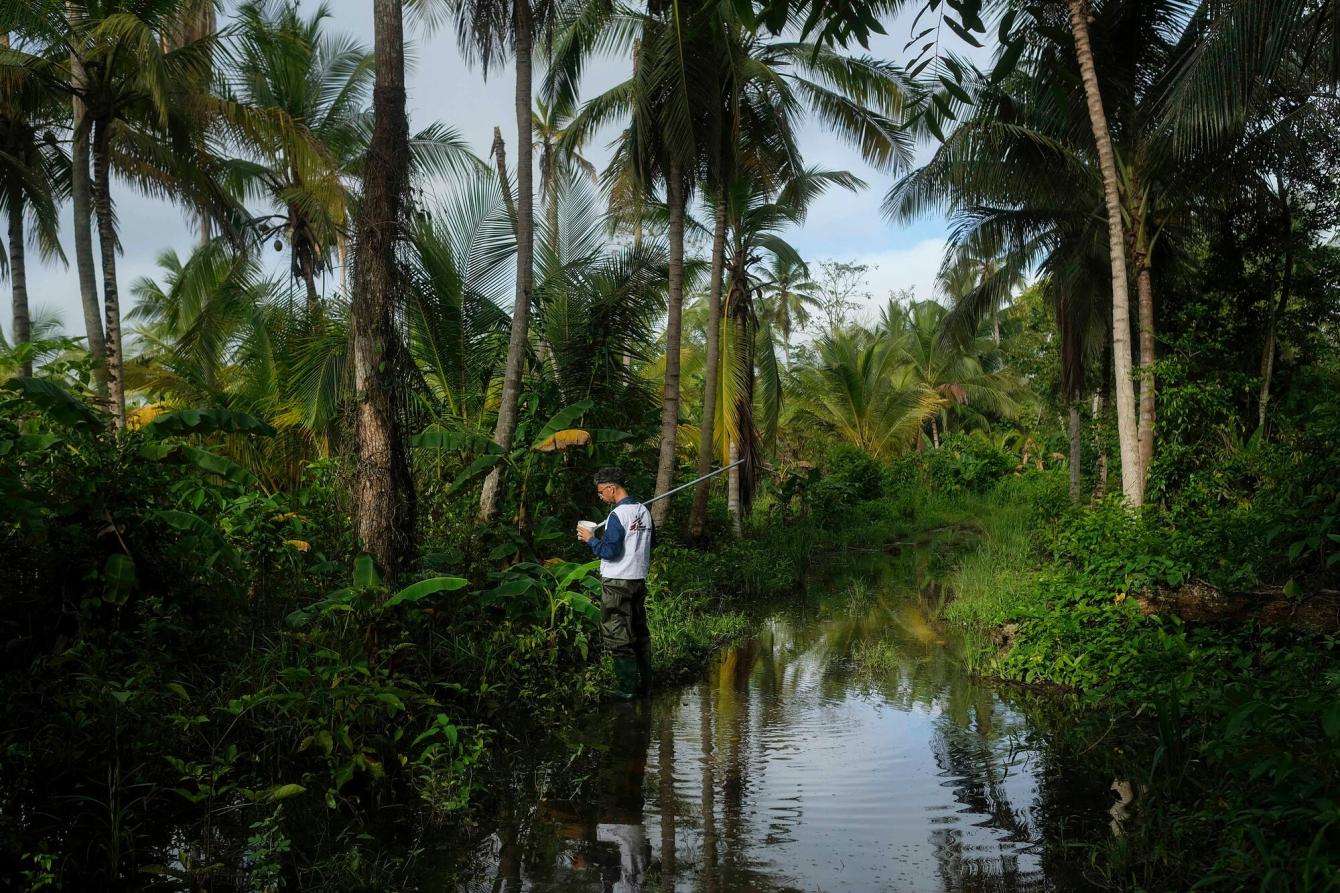
Risk factors for dengue
Environmental effects of climate change
Climate change is increasing the risk of disease outbreaks worldwide by creating environmental conditions that speed transmission of vector-borne and waterborne diseases like dengue, malaria, and cholera. These conditions include warmer temperatures and higher rainfall, which increases the presence of standing water—the ideal breeding grounds for the mosquitoes that transmit the virus.
Urbanization also boosts transmission due to population density, access to water, and water storage practices.
Lack of community awareness
Improper water storage practices and lack of knowledge about self-protection from mosquito bites, and other prevention measures increases the risk of dengue outbreaks in communities. That’s why MSF’s dengue response in Honduras is rooted in community involvement, with volunteers helping to spreading awareness about the disease and how to prevent transmission.
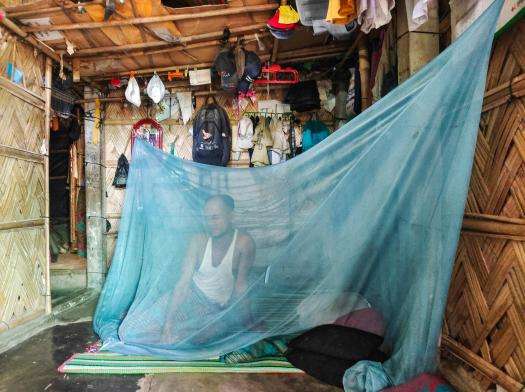

Left: Preventing mosquito bites, including by using mosquito nets, is essential. Bangladesh 2023 © Ro Yassin Abdumonab Right: Community volunteers share knowledge about dengue prevention. Honduras 2023 © Martín Cálix/MSF
How can dengue be prevented?
You can protect yourself from dengue by eliminating mosquito breeding sites in your home and surrounding area through proper water storage, waste disposal, and plant care; installing window screens and mosquito nets; and fumigation. You can also protect yourself from mosquito bites by using insect repellant and wearing long sleeves and pants.
There are currently two dengue vaccines: Qdenga, which is recommended for people who have had a prior dengue infection, and Dengvaxia, a newer vaccine that is approved and in use in some countries. Other vaccines are under evaluation, according to WHO.
At the community level, public awareness of the disease and prevention measures is essential, as well as proper water storage and mosquito control.
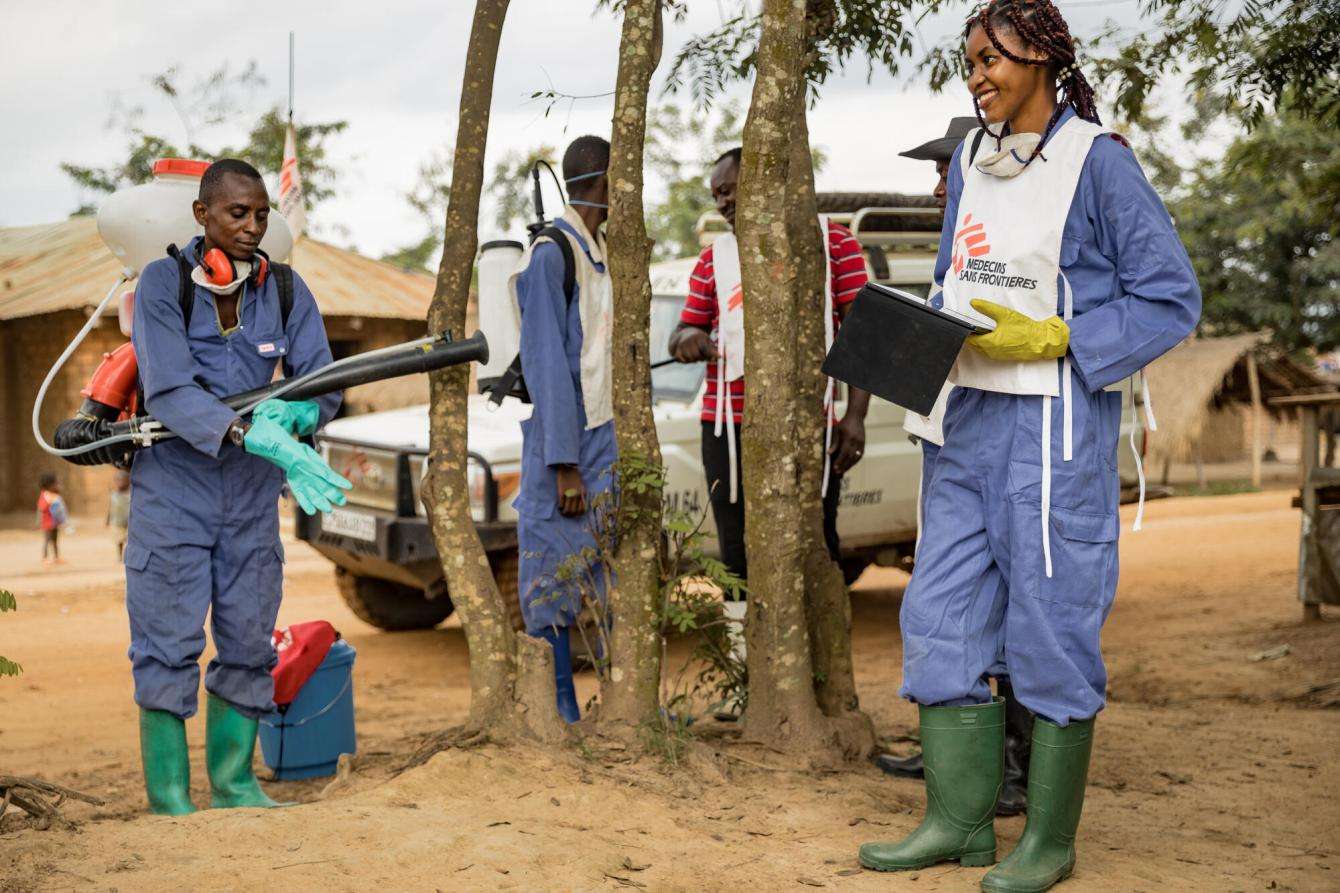
How MSF is responding to dengue fever
Genetically modified mosquitoes
In Honduras, MSF teams are deploying an innovative technique to prevent the spread of dengue using genetically modified mosquitoes. Through a technology developed by the World Mosquito Program (WMP), our laboratory teams introduce the Wolbachia bacteria, which reduces the spread of dengue, into mosquito eggs and then release them to reproduce with the local mosquito population, ensuring the next generation of mosquitoes carries the bacteria. Wolbachia exists naturally in 50 percent of insects, including some types of mosquitoes—but not the kind that transmit dengue. This technique is safe for humans, pets, and the environment.
Community awareness
Central to dengue response is community involvement and awareness. Our teams in Honduras hold community workshops and informational meetings to educate the public about Wolbachia bacteria and how to host containers of Wolbachia eggs in their homes that arrive from MSF’s insectarium. Community participants monitor their growth and subsequent release.
Where are current dengue outbreaks in the world?
Currently, dengue outbreaks have been reported to WHO in 90 countries around the world, and the true number is likely higher due to a lack of reporting mechanisms in some places. Some of the worst-hit countries include Brazil, Honduras, Bangladesh, and Pakistan, which experience recurrent outbreaks. However, it has recently spread to places that do not regularly see outbreaks, such as the United States and Europe, and we are seeing growing prevalence in Africa.
Brazil
Brazil is currently experiencing the largest dengue outbreak in the world, with more than 6 million suspected dengue cases, according to WHO. This year, the country has seen a major increase in cases among pregnant people. People who are pregnant or postpartum are more vulnerable to complications including premature birth, stillbirth, and maternal morbidity and mortality.
Honduras
Dengue is a public health crisis in Honduras, where it is endemic and epidemics occur every four to five years. Outbreaks have become increasingly severe in recent years, with 10,000 cases reported in the country each year and more than 9,000 in its capital city, Tegucigalpa, in 2023 alone. Honduras experienced its worst outbreaks of dengue in 50 years in 2018 and 2019.
Bangladesh
With high levels of humidity and rainfall during the annual monsoon, or rainy season, Bangladesh has climate conducive to the spread of dengue. The country has experienced increasing dengue in recent years—in 2022, there was a 10-fold increase in dengue patients in the country. Rohingya refugees living in the camps of Cox’s Bazar are particularly at risk due to living conditions and lack of access to care. Health services in the camps are already under enormous pressure as they struggle to deal with frequent outbreaks of scabies, dengue fever, and cholera—a result of living in close proximity with poor sanitation, stagnant water, and overflowing latrines.
Other countries
Dengue outbreaks have also occurred in countries that do not have tropical climates, such as Sudan and the United States. In Sudan, we saw dengue cases in Wad Madani and Port Sudan, both major hubs for people displaced by the raging war since April 2023. In the United States, there about 2,700 cases reported by the end of April this year, most in Florida, New York, Massachusetts, and Puerto Rico.
